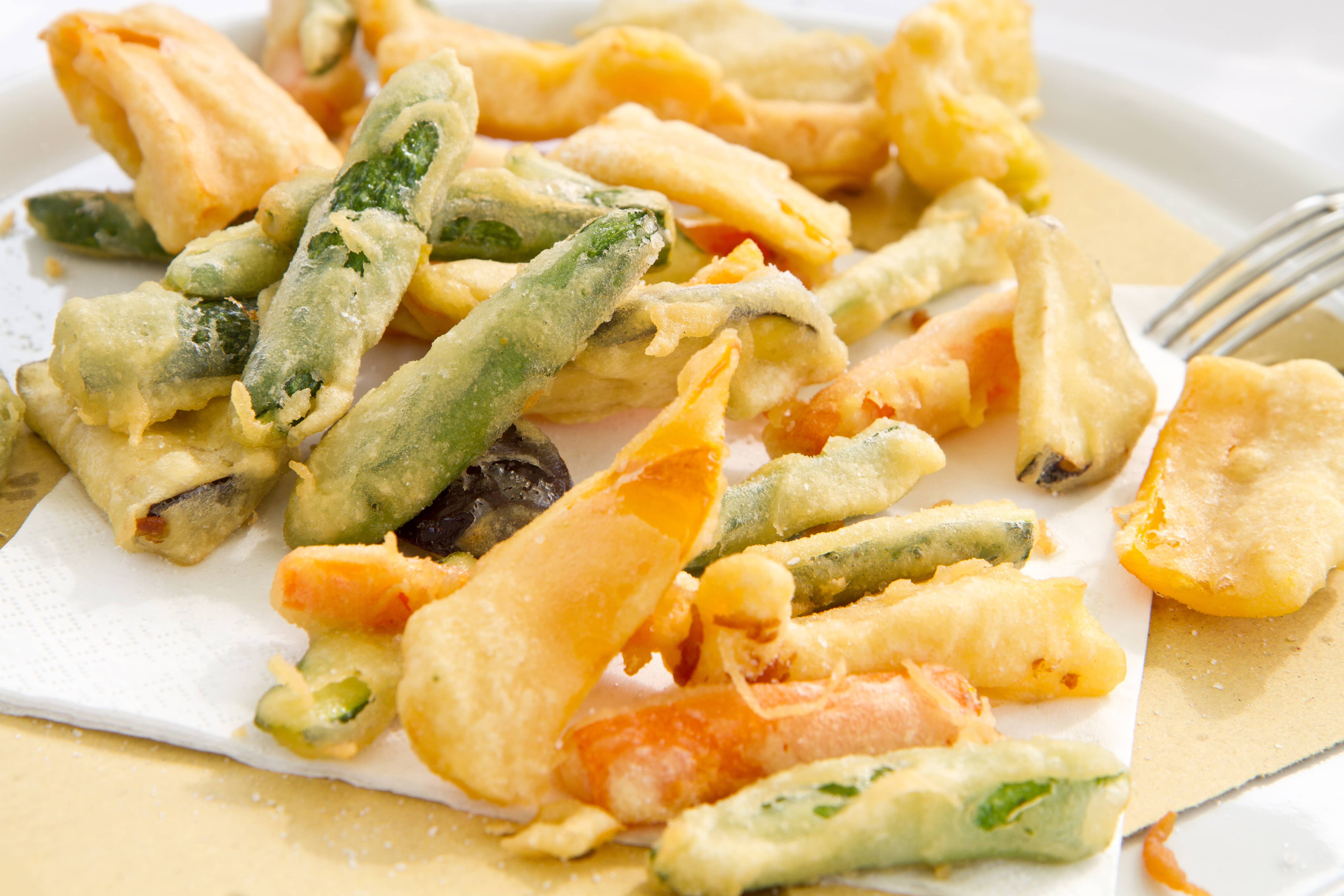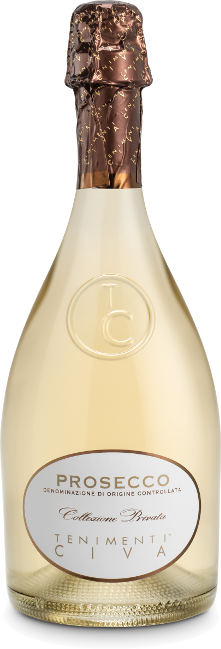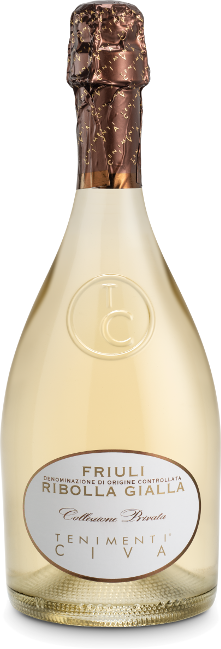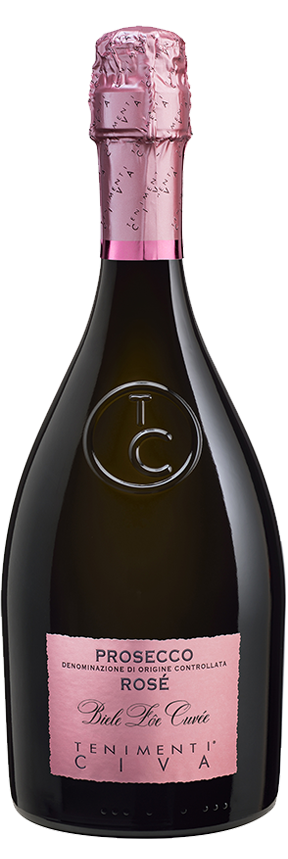mid-end of September
Prosecco Rosé
Collezione Privata
PROSECCO ROSÉ DOC
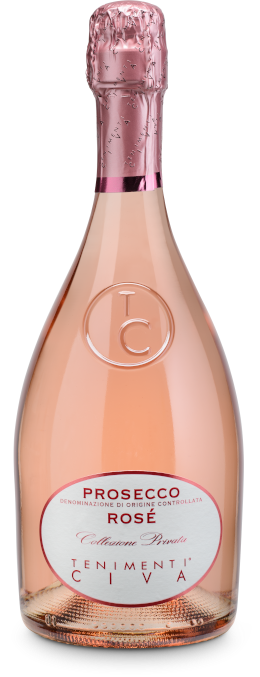
HISTORY
Glera is the main variety used for the production of Prosecco, a wine which in all probability originated in the village of the same name in the municipality of Trieste. The name Prosecco derives from the ancient Slavic “prosěkǔ” and has the meaning of “wooded area”. The history of Prosecco in Friuli is older than in Veneto. Here Prosecco arrived towards the end of the eighteenth century and took about 150 years to achieve fame and success. It not infrequently happens that varieties underestimated or neglected in their own country meet with great success further afield.
(Costantini Enos, Mattaloni Claudio, Petrussi Carlo, La vite nella storia e nella cultura del Friuli, Forum Edizioni, 2007.)
Grape variety |
glera and pinot nero |
|---|---|
Type of soil |
characteristic of Prosecco production areas |
Exposition |
est – south – west |
Pest control |
reduced environmental impact |
Temperature service |
8°C |
Alcohol |
11% abv |
fermentation on the skins for the Pinot Noir part; off the skins for the Glera. Blending of the 2 batches and refermentation in pressure tanks at 18 °C. Maturing period of min. 60 days
TASTING NOTES
beautiful rose petal hue. An elegant nose of red berry fruit and spice is followed on the fresh, well-structured palate with an attractive fruit encore and rich flavour
FOOD PAIRINGS
perfect with Italian antipasti and battered fried vegetables. Try with fish tartare. Also recommended with traditional San Daniele raw ham


